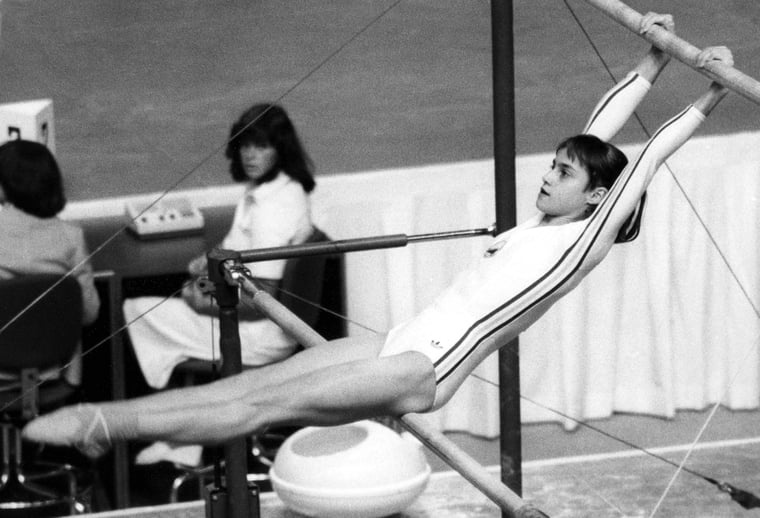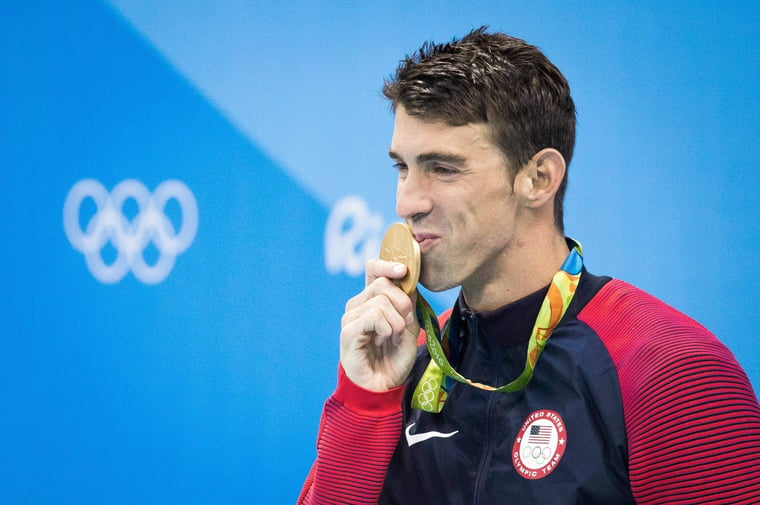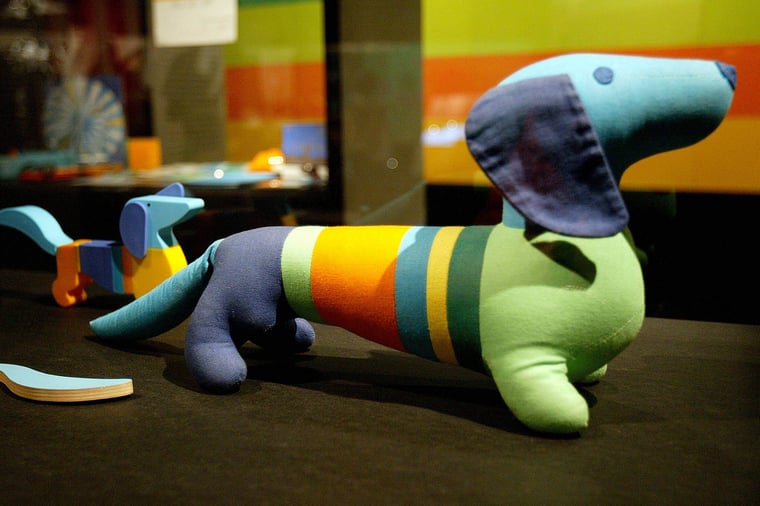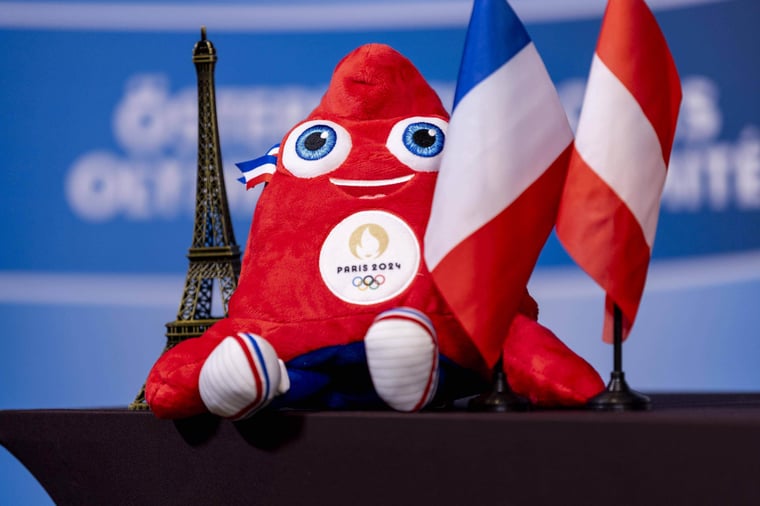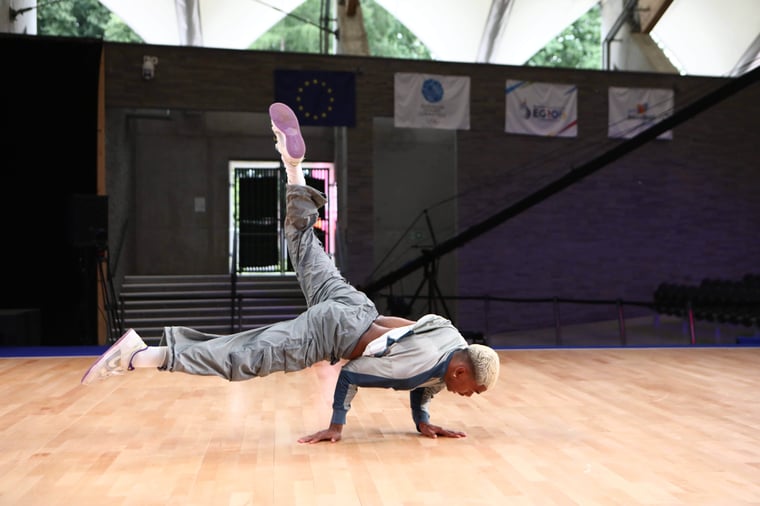%201.jpg)
11 Facts Every Sports Fan Should Know About the Olympic Games
The Olympic Games represent the pinnacle of sporting spirit, where every four years, the most outstanding athletes from around the world gather to compete in the pursuit of eternal glory. In the 33rd edition, Paris is getting ready to host this global celebration of talent, determination, and sacrifice. In this article, we'll explore some of the most iconic and impactful moments that have defined the Olympic Games over its 128-year history.
The Way to the Facts:
First Olympic Games and Women's Participation
The Marathon at the Olympic Games
1. The First Olympic Games
The inaugural edition of the modern Olympic Games took place in 1896 in Athens, Greece. Organized by the International Olympic Committee (IOC), these games aimed to revive the ancient Greek Olympic competitions. Nine sports were contested: athletics, cycling, fencing, gymnastics, weightlifting, wrestling, swimming, tennis, and shooting. Approximately 241 athletes (all men) from 14 countries participated.
 IMAGO / United Archives International I Start of 100m at the first Olympic Games 1896 in Athens, Greece.
IMAGO / United Archives International I Start of 100m at the first Olympic Games 1896 in Athens, Greece.
Visit our archive collection about the 1896 Summer Olympics in Athens
2. First appearance of Women in the Olympics
Women made their debut in the Olympic Games in 1900, with only 22 participants across five sports (tennis, sailing, croquet, equestrianism, and golf). In these games, held curiously in Paris, Charlotte Cooper made history by becoming the first woman to win gold in tennis.
IMAGO / TopFoto I Charlotte Cooper at the Olympics 1900 in Paris, France.
Visit our archive collection about the 1900 Summer Olympics in Paris
3. Origin of the Marathon
The modern marathon is based on the legendary run of Pheidippides, a Greek soldier who ran from Marathon to Athens to announce victory over the Persians. He ran approximately 40 kilometers, a distance commemorated in the modern marathon.
4. The Marathon's Official Distance
The official distance of the marathon was established at the 1908 London Olympics. The race started at Windsor Castle and ended in front of the royal box at the Olympic Stadium so that the royal family could remain indoors in case of rain. Interestingly, this stretch had 42.195 kilometers, thus establishing the distance.
 IMAGO / GRANGER Historical Picture Archive | Johnny Hayes running the marathon at the 1908 Olympic Games in London, United Kingdom.
IMAGO / GRANGER Historical Picture Archive | Johnny Hayes running the marathon at the 1908 Olympic Games in London, United Kingdom.
5. A Perfect 10 in Olympic's History
Romanian gymnast Nadia Comaneci was the first athlete to score a perfect 10 in Olympic history. She achieved this at the 1976 Montreal Olympics on the uneven bars at just 14 years old. The digital scoreboard only had three digits, so the judges couldn't display the perfect score.
IMAGO / ZUMA Press / Keystone I Nadia Comaneci on the uneven bars at the 1976 Olympics in Montreal, Canada.
Discover more images of this special collection: OLYMPIC LEGENDS: Nadia Comaneci
6. Michael Phelps, The Greatest Medalist of All Time
Michael Phelps, acclaimed as the greatest athlete of all time, reached his peak at the 2008 Beijing Olympics at the age of 23. In swimming, he accumulated 23 gold medals, three silver, and two bronze, crowning him as the highest medal winner in Olympic history.
IMAGO / Fotoarena / Marcelo Machado de Melo I Michael Phelps kissing his gold medal from the Olympic Games 2016 in Rio de Janeiro, Brasil.
Discover more images dedicated to Michael Phelps
7. The Olympic Torch, A Special Flame
The Olympic torch, perhaps the foremost symbol of the Olympic Games, symbolizes unity and peace among nations. It is lit at the Temple of Hera in Olympia, Greece, using the sun's rays.
 IMAGO / ABACAPRESS I Olympic Flame at Mont Saint Michel - France.
IMAGO / ABACAPRESS I Olympic Flame at Mont Saint Michel - France.
See more images of the Olympic Torch
8. More Than Just a Flag
The five Olympic rings represent the five inhabited continents, and the flag's six colors (blue, black, red, yellow, green in the rings, and white background) were chosen because all the world's flags have at least one of these colors.
 IMAGO / GEPA pictures | The Olympic rings on a grass turf.
IMAGO / GEPA pictures | The Olympic rings on a grass turf.
9. Appearance of Mascots
Olympic mascots are a key attraction for merchandise, representing characteristics of the location. The first, named Waldi, was created at the Munich Games in 1972.
IMAGO / Camera 4 I Mascot Waldi from the Olympic Games 1972 in Munich, Germany.
See all the Olympic Mascots in All Mascots of the Sumer Olympics
10. Paris 2024 Mascot
The mascot for this edition is called Phryge Olympic. This character is inspired by Phrygian caps, also known as liberty caps, which are a historical symbol of freedom and revolution in France.
IMAGO / GEPA pictures / Patrick Steiner I The mascot Phryge of the Olympics 2024 in Paris, France.
See the collection: PARIS 2024, Mascot, Les Phryges
11. New Sports in Paris 2024
Paris 2024 will introduce four new disciplines: breakdance, skateboard, surfing, and climbing.
IMAGO / ZUMA Press Wire | B-Boy LEE of Team Netherlands warms up ahead of competing in the Breaking Men's Quarterfinal at the Europaspiele 2023 in Nowy Sacz, Poland.
For more visual content, don't forget to visit our website, where you can buy a wide repertoire of licenses of the most iconic moments and the main figures of this important event. It would be the perfect complement for those looking to enhance their stories with representative images. As people say, a picture is worth a thousand words.



.jpg?width=353&height=760&name=imago1020707421%20(1).jpg)
